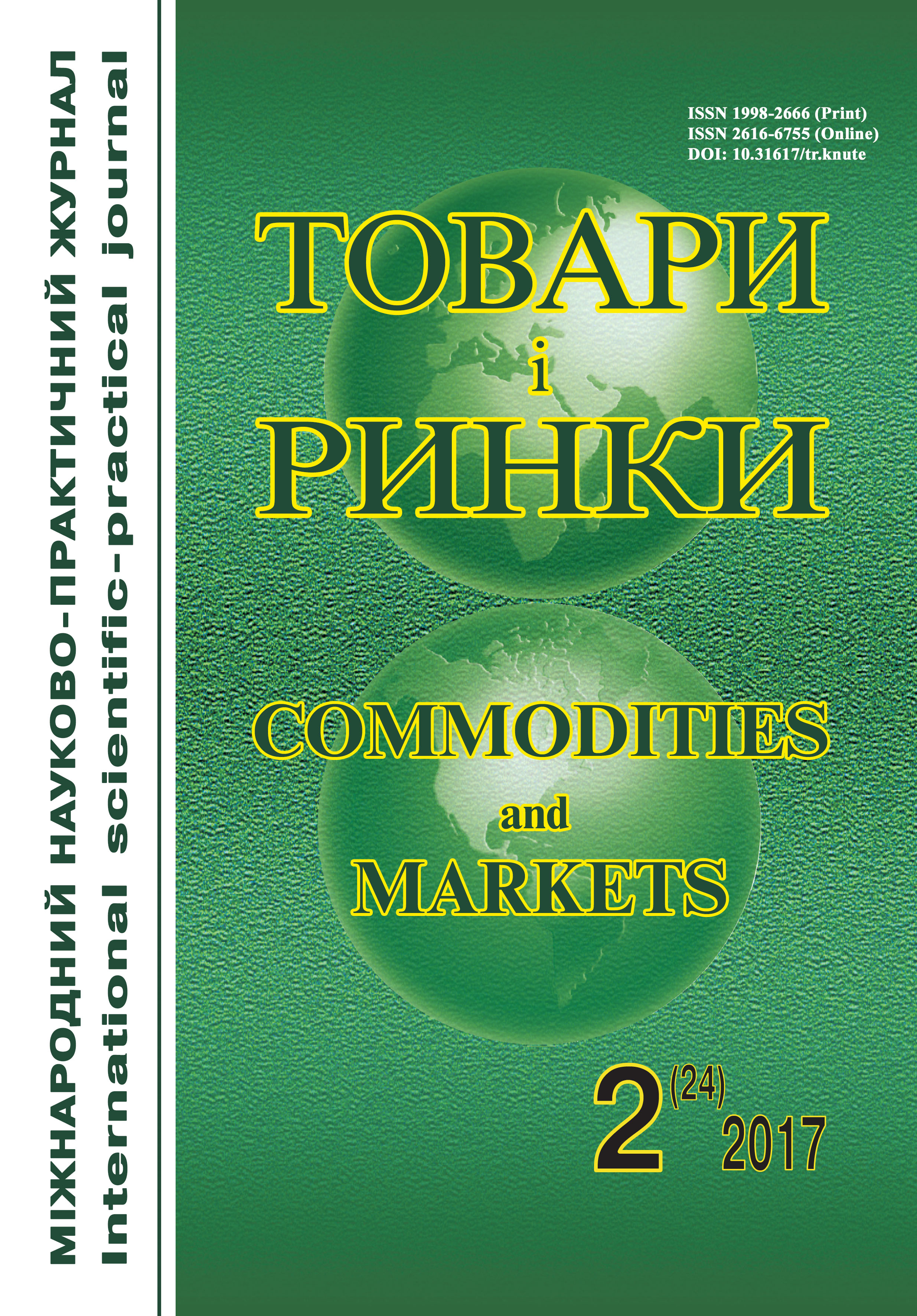Frost resistance assessment of ceramic tiles
Keywords:
ceramic potsherd, frost resistance, discrete measurement, water absorption, humid expansion.Abstract
Background. There are different points of view on the causes of the destruction of porous ceramic building materials in the process of operation in atmospheric conditions. Scientists dealing with this problem believe that the main cause of the destruction is the freezing of water in ceramic products at negative temperatures [1–4], with the appearance of strain pressure, depending on the size of which the tile increases in volume due to the expansion of the ceramic shingle under the action of ice.
In this regard, we assume that the change in the size of the residual expansion after freezing will, to some extent, characterize the destruction degree of the structure of ceramic tiles.
Material and methods. Unglazed tiles with approximately the same value of water absorption were taken for the study.
In the given work methods used discrete measurement value of the residual expansion after cyclical freezing and thawing of the optical comporator Nikon V-12B.
Results. The method of discrete measurement of the residual expansion of a ceramic potsherd after cyclic freezing and thawing is proposed. The character of the change in the size of the residual expansion of the tiles with different porous structure, depending on the duration of their frost resistant test, has been demonstrated.
Conclusion. The proposed method for measuring the values of moist expansion and residual expansion after freezing allows estimating the contribution of each component to increasing the size of the tiles during cyclic freezing and thawing.
It was established that the state of moist expansion in absolute value is much less than the residual expansion after freezing. As the freezing and thawing cycles increase, the difference in the values of these properties increases.
Increasing the temperature of the firing at the reduction of the specific pressure of pressing significantly reduces the residual expansion after freezing, which leads to increased frost resistance of ceramic tiles, which are used for revetting the facades of buildings.
References
Berkman A. S., Mel'nykova Y. G. Struktura y morozostojkost' stenovyyh materyalov. Lenyngrad : Gosstrojyzdat, 1962. 30 s.
Van I. Н., der Velden. Wasserabsorbtion von Bankeramik. Ziegel-industrie international. 2001. N 12. S. 704—714.
Janovskyj Y. L. Povyyshenye morozostojkosty kyrpycha y cherepycyy. Stroytel'nyye materyalyy. 1997. № 7. C. 31.
Radjuhyn V. S. O vlyjanyy porysto-kapylljarnoj strukturyy lytyyh glazu-rovannyyh plytok na yh morozostojkost'. Yssledovanyja v oblasty syyr'ja y proyzvodstva keramycheskyh yzdelyj : sb. nauch. tr. M. : GNYYSK, 1997. Vyp. 43. S. 133—143.
Gal'peryna M. K., Egerev V. M. Vzaymosvjaz' porysto-kapylljarnoj struk-turyy y morozostojkosty fasadnyyh keramycheskyh plytok. Yssledovanyja v oblasty proyzvodstva yzdelyj stroytel'noj keramyky : sb. nauch. tr. M. : GNYYSK, 1984. Vyp. 55. C. 5—15.
Korkyn V. Y., Solnyyshkyna T. N. O vlazhnostnom rasshyrenyy y cekou-stojchyvosty plytok dlja vnutrennej oblycovky sten. Yssledovanyja v oblasty yntensyfykacyy tehnologycheskyh processov, yspol'zovanyja novyyh vydov syyr'ja y rasshyrenyja assortymenta keramycheskyh yzdelyj : sb. nauch. tr. M. : GNYYSK, 1992. S. 103—108.
DSTU B V.2.7-283:2011. Plytky keramichni. Metody vyprobuvan'. Kyi'v : NDIBMV, 2011. 66 s.
Palyenko E. A. Yzuchenye mykrostrukturyy kaolynov Chubynskogo y Nemyyl'njanskogo mestorozhdenyj. Budivel'ni materialy, vyroby ta sanitarna tehnika : nauk.-tehn. zb. Kyi'v : Znannja, 2014. Vyp. 53. S. 109—114.



